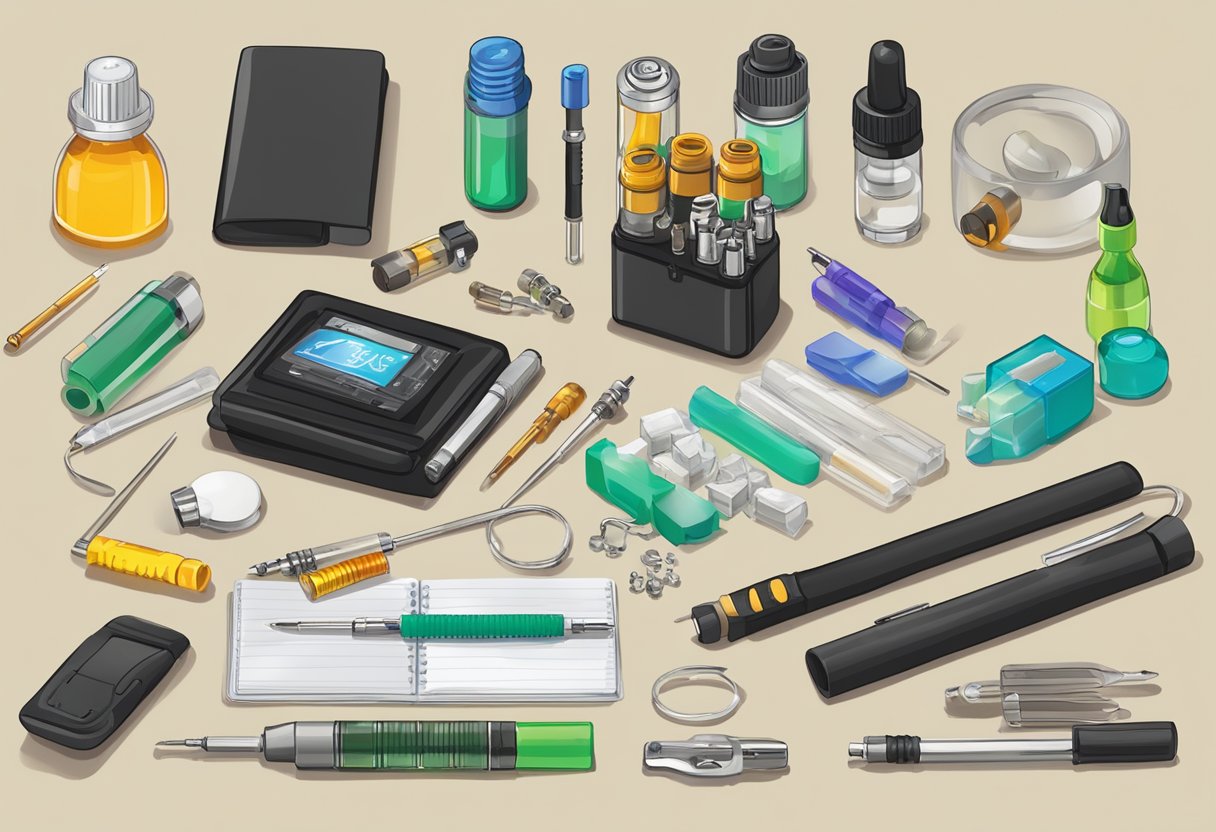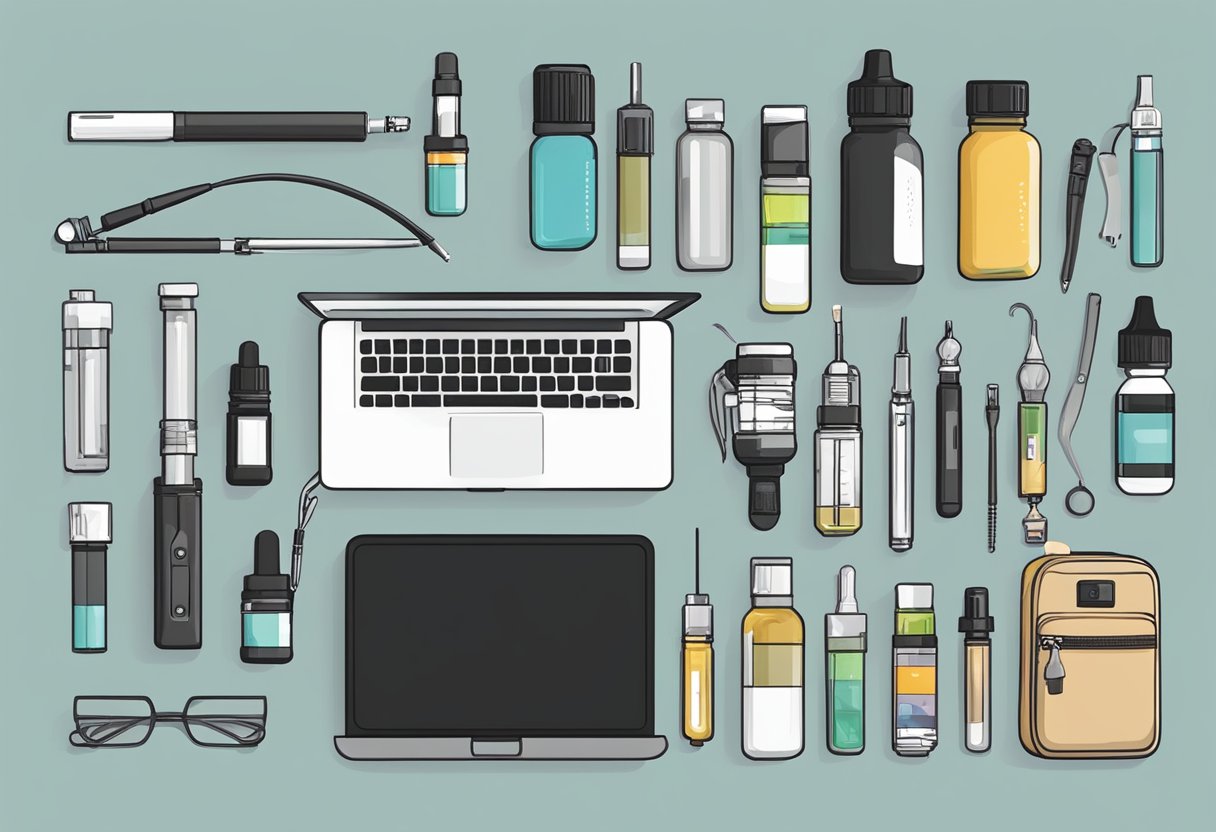Understanding DIY E-Cigarettes
Constructing a DIY electronic cigarette, often referred to as a “mod,” involves the custom assembly or creation of the device’s components. This endeavor demands significant technical knowledge, meticulous precision, and a comprehensive understanding of electrical principles, material science, and battery safety. It is an advanced practice with inherent risks and is not recommended for individuals without substantial expertise.
Core Components Involved
A functional e-cigarette, whether commercially produced or DIY, typically comprises the following key elements:

- Power Source: Predominantly lithium-ion batteries (e.g., 18650, 20700, 21700). Critical considerations include battery chemistry, capacity (mAh), continuous discharge rate (CDR), voltage, and authenticity. Safe handling and charging practices are paramount.
- Atomizer: The unit responsible for aerosolizing the e-liquid. For DIY purposes, this often means Rebuildable Atomizers (RBAs) such as RDAs (Rebuildable Dripping Atomizers), RTAs (Rebuildable Tank Atomizers), or RDTAs (Rebuildable Dripping Tank Atomizers), which require manual coil building and wicking.
- Mod Enclosure/Chassis: The housing for the battery, circuitry, connectors (e.g., 510 connector), and user interface components (buttons, screen). Materials vary widely, from metals and stabilized wood to 3D-printed polymers.
- Circuitry (for Regulated Mods): Electronic boards or chipsets that provide safety features (e.g., short-circuit protection, over-discharge protection, thermal monitoring) and control power output (wattage/voltage control). Unregulated or mechanical mods bypass such circuitry, placing full responsibility for safety on the user’s knowledge of Ohm’s Law and battery capabilities.
- Wiring and Connectors: Appropriate gauge wiring (e.g., copper, silver-plated copper) and robust, low-resistance connectors are essential for efficient power delivery and safety.
Key Considerations and Technical Aspects
Building a reliable and safe DIY e-cigarette necessitates a deep understanding of several technical domains:
Electronics and Battery Safety: A thorough grasp of Ohm’s Law (V=IR), Watt’s Law (P=VI), and battery load calculation is non-negotiable, especially for mechanical mods. Exceeding a battery’s CDR can lead to catastrophic failure, including venting or thermal runaway. Knowledge of series and parallel battery configurations and their implications is also crucial if building multi-battery devices.
Material Selection and Properties: Choice of materials for the enclosure, contacts, insulators, and atomizer components is vital. Materials must withstand operational temperatures, be electrically appropriate (conductive or insulating as required), and not leach harmful substances. For instance, insulators must have high dielectric strength and thermal resistance.
Atomizer Coil Building: This involves selecting appropriate resistance wire (e.g., Kanthal A1, Nichrome 80/90, Stainless Steel 316L), calculating coil parameters (wire gauge, inner diameter, number of wraps) to achieve desired resistance, and ensuring secure, low-resistance connections post-installation. Proper wicking with materials like organic cotton is critical for e-liquid delivery and preventing dry hits.
Soldering and Assembly: High-quality soldering skills are required for making durable and low-resistance electrical connections. Precision in assembly is key to prevent internal shorts or mechanical failures.
E-Liquid Formulation (Separate Discipline): While some DIY mod builders also create their own e-liquids, this is a distinct skill set involving the safe handling of concentrated nicotine, Propylene Glycol (PG), Vegetable Glycerin (VG), and flavorings. This guide focuses on device construction, but awareness of e-liquid properties is necessary.
Safety Precautions and Risks
The construction and use of DIY e-cigarettes carry significant risks if not approached with extensive knowledge and caution:
- Battery Malfunctions: Short circuits, exceeding discharge limits, using counterfeit or damaged batteries, or improper charging can lead to battery venting, fire, or explosion.
- Electrical Hazards: Risk of electric shock from improper wiring or component failure.
- Thermal Burns: Overheating components can cause burns.
- Material Toxicity: Using inappropriate materials can lead to the inhalation of harmful substances.
- Device Failure: Poorly constructed devices may fail unpredictably, potentially during use.
Always prioritize safety: Use authentic, high-quality components from reputable suppliers. Thoroughly test resistance and device function with appropriate tools (e.g., multimeter, dedicated ohm reader) before use. Never leave charging batteries unattended. If you are uncertain about any aspect, do not proceed. The complexity and potential dangers make DIY e-cigarette building suitable only for experienced individuals with a strong foundation in electronics and safety protocols.










